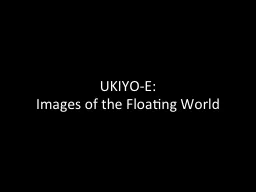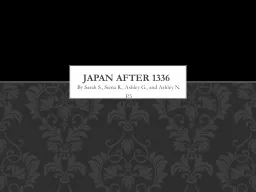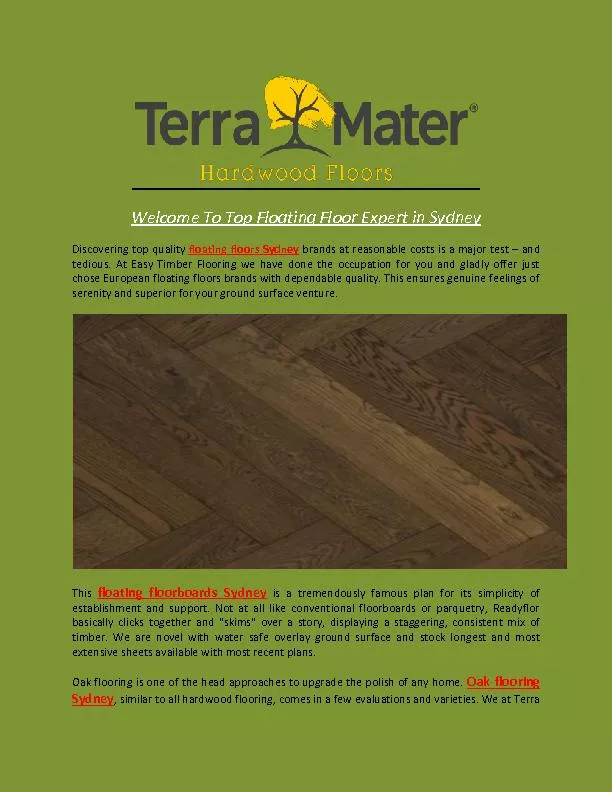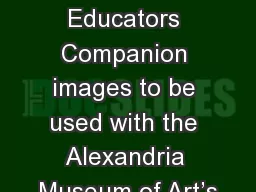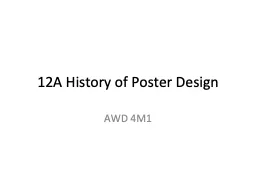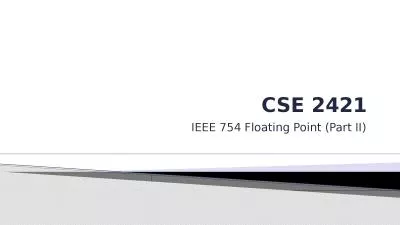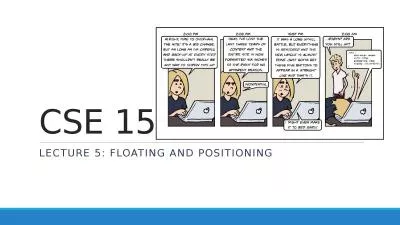PPT-UKIYO-E: Images of the Floating World
Author : laxreffa | Published Date : 2020-07-03
ANTECEDENTS AND INFLUENCES Hyakumanto Darani c 764 Muromachi era 13381572used for book publication typically Buddhist texts Edo periodless expensive materials and
Presentation Embed Code
Download Presentation
Download Presentation The PPT/PDF document "UKIYO-E: Images of the Floating World" is the property of its rightful owner. Permission is granted to download and print the materials on this website for personal, non-commercial use only, and to display it on your personal computer provided you do not modify the materials and that you retain all copyright notices contained in the materials. By downloading content from our website, you accept the terms of this agreement.
UKIYO-E: Images of the Floating World: Transcript
Download Rules Of Document
"UKIYO-E: Images of the Floating World"The content belongs to its owner. You may download and print it for personal use, without modification, and keep all copyright notices. By downloading, you agree to these terms.
Related Documents

